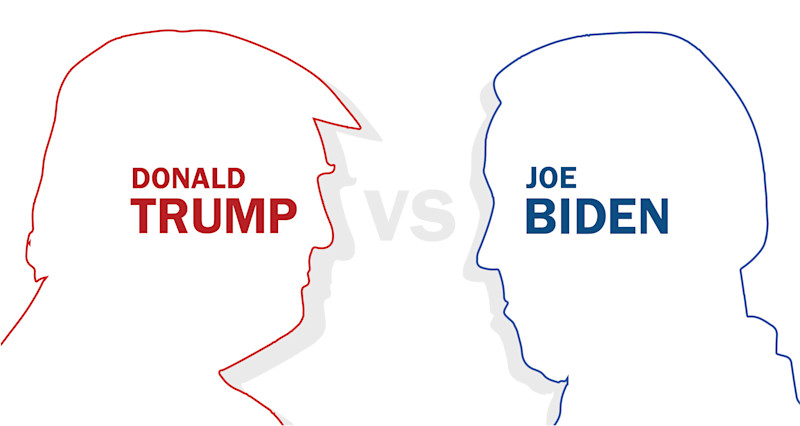It’s official. The Republican and Democratic candidates are chosen. It should come as no surprise that it’s going to be a tough race between President Donald Trump, the Republican nominee and incumbent, and former Vice President Joe Biden, the Democrat and challenger. Since Nov. 3 is mere weeks away, let’s take a look at the contenders’ positions on tech, tax, and trade.
Technology
Trump: Reducing IP theft and forced technology transfer is a priority for the president. He’s taking direct aim at China, issuing $200 billion in tariffs on Chinese imports. He’s directed the Commerce Department to review emerging and foundational technologies for their impact on national security to determine if they should be subject to export controls. Trump created the American AI Initiative, directing the National Institute of Standards and Technology (NIST) to develop artificial intelligence standards.
Biden: Like Trump, Biden is cautious when it comes to big tech but has said that there needs to be more investigations before breaking up tech companies. He proposes investing $20 billion in rural broadband infrastructure and supports a full switch to electric vehicles by the year 2030.
Tax
Trump: A significant victory for the president was the enactment of the Tax Cuts and Jobs Act (TCJA), a $1.5 trillion overhaul of the U.S. tax code. TCJA permanently reduced corporate tax rates from 35% to 21%, increased bonus depreciation to 100% through 2022, and temporarily decreased individual income tax rates for most brackets.
Biden: Not surprisingly, the candidates differ on taxes. Biden would roll back major provisions of the TCJA. His tax proposal would raise the corporate tax rate to 28% and add a 15% corporate minimum tax; increase income and payroll taxes for high-income earners; and increase support for investments in renewable energy.
Trade
Trump: Trump’s views on trade are more nationalistic than previous administrations. After decades of diplomacy, his approach to dealing with the trade imbalance is tariffs and other retaliatory measures. He prefers bilateral to multilateral trade agreements, even as the negotiation of the U.S.-Mexico-Canada Agreement (USMCA) was another victory for his administration. He removed the United States from the Trans-Pacific Partnership (TPP) negotiations. Work visas are halted, and export controls are more restrictive.
Biden: The former vice president also vows to take more aggressive stances to curb China’s harmful economic behavior and protect intellectual property. He supports the USMCA and would renegotiate the TPP to hold countries more accountable. Like the president, Biden supports “buy American” policies to strengthen the industrial base and protect jobs.
Please exercise your right to vote this November. For more information on the candidates, visit their campaign websites: donaldjtrump.com and joebiden.com.






